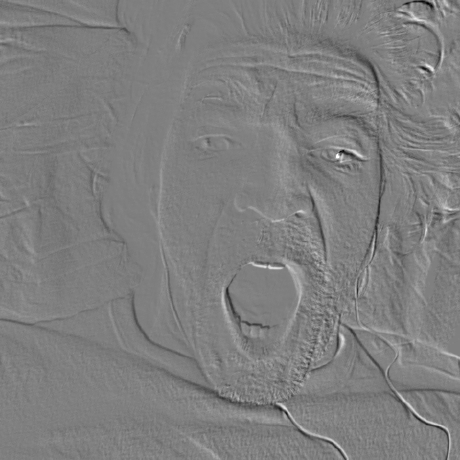

Copy the resulting query and execute it on your PostgreSQL database instance: csvsql -tabs -dialect postgresql -no-constraints -db-schema explore -tables gbif_raw occurrence_reference.tsv > create_table.sql Use csvkit to create a CREATE TABLE statement. Remove header line: tail -n +2 occurrence.tsv > gbif_raw.tsv The file containing the data we are interested in is named occurrence.txt.Ĭonvert column names in header to lowercase: awk 'NR=1 1' occurrence.txt > occurrence.tsvĮxport the first 10 lines as reference records: head -n 10 occurrence.tsv > occurrence_reference.tsv

This is a screenshot of the dashboard that shows specimens found in Indonesia between 18: Create queries and tablesĭownload and unpack the dataset using the following commands: wget The end result is a Grafana dashboard that uses PostgreSQL as backend. After starting the containers the dataset will be downloaded into the PostgreSQL container and the queries shown below will be applied. The dataset that I use in this demo can be found here.ĭownload this docker-compose project to try this setup on your local computer using Docker. The Global Biodiversity Information Facility (GBIF) is an international organisation that focuses on making scientific data on biodiversity available via the Internet using web services.

#Trackmap grafana how to
In this article I am going to explain how to setup an open-source visualization stack to explore a GBIF dataset using PostgreSQL and Grafana.


 0 kommentar(er)
0 kommentar(er)
